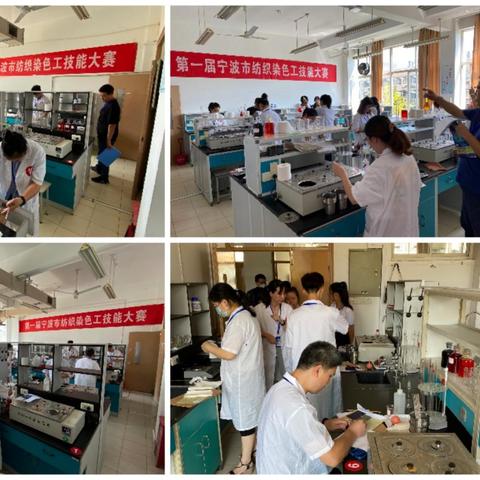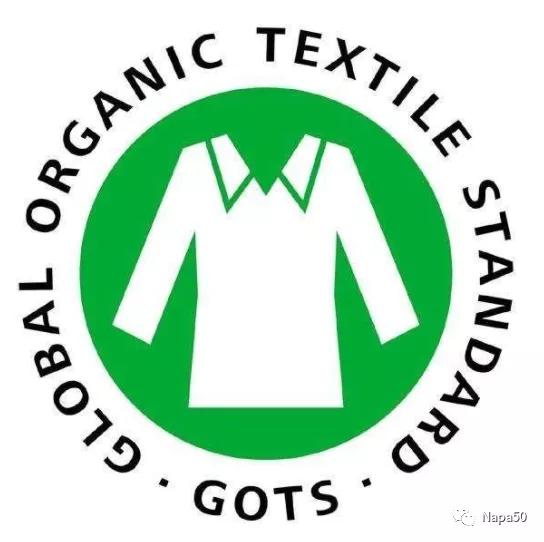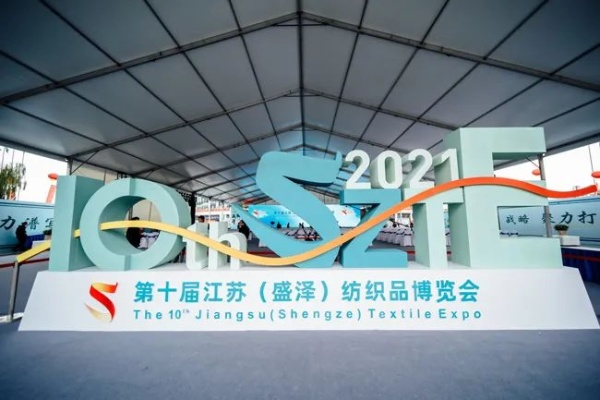The Art of Textiles:A Blend of Techniques and Innovations
"The Art of Textiles: A Blend of Techniques and Innovations" explores the sophisticated art of textile design, which encompasses a range of techniques and innovations. The text delves into the intricate process of creating textiles, highlighting the importance of materials, patterns, and color combinations in shaping the final product. It also discusses the role of technology in enhancing the capabilities of textile designers, including the use of digital tools and automation processes. Additionally, the article highlights the cultural significance of textiles as they reflect societal values and traditions. Overall, "The Art of Textiles" provides a comprehensive overview of the fascinating world of textile design, showcasing both traditional and modern approaches to this beautiful craft.
Introduction: Textiles, the fabrics that adorn our lives, have a rich history spanning thousands of years. From the ancient Egyptian scarves to the modern fashion trends, textiles have played a significant role in shaping human culture and communication. In this article, we will explore the various techniques and innovations used in the production of textiles, highlighting some of the most notable examples from around the world.
Techniques Used in Textile Production:
- Spinning: The process of converting raw materials into yarn. It involves twisting fibers together to form a continuous thread.
- Weaving: The process of arranging the warp threads (the vertical lines) and weft threads (the horizontal lines) on a loom or other device to create a fabric.
- Knitting: A method of producing textiles by interlocking loops of yarn. It is often used for creating sweaters, hats, and other knitted items.
- Embroidery: The art of stitching small designs onto clothing or other textiles using delicate needles and thread.
- Printing: A technique used to apply patterns or designs onto textiles, such as screen printing or digital printing.
Innovations in Textile Technology:
- Biodegradable Textiles: With growing concerns about environmental sustainability, biodegradable textiles have become increasingly popular. These textiles are made from materials that break down naturally when disposed of, reducing their impact on the environment.
- Smart Textiles: Textiles that can be controlled electronically, allowing for personalized experiences and applications. For example, smart underwear that changes color based on temperature or humidity levels.
- Textile Materials: Advances in technology have led to the development of new textile materials, such as super-strong polyester and eco-friendly bamboo fibers. These materials offer improved durability, comfort, and sustainability.
- 3D Printing: A revolutionary technology that allows for the creation of three-dimensional textiles. This technique is transforming the way we think about textile design and production.
- Virtual Reality: Textile designers and manufacturers are incorporating virtual reality technology to create immersive experiences for customers. By using VR, they can preview how their products will look and feel before they are even made.
Case Study: One example of innovative textile technology is the use of biodegradable materials in clothing. Many companies are now producing sustainable clothing options that are designed to break down naturally when discarded. This not only reduces waste but also helps to protect the environment.

Another example is the use of smart textiles in apparel. For instance, Nike has developed a range of smart sportswear that can monitor heart rate and provide feedback to athletes during training sessions. These garments use sensors embedded in the fabric to collect data and provide real-time insights to users.
Conclusion: Textiles have always been at the forefront of innovation and creativity. From traditional techniques to cutting-edge technologies, textiles continue to evolve and adapt to meet the needs of modern society. As we continue to explore new possibilities in textile production, we can expect to see even more exciting developments in the future.
随着人们生活品质的提升,对纺织品的需求也日益多元化,通蕴纺织品作为行业佼佼者,以其独特的工艺和优质的产品赢得了消费者的青睐,本篇文章将围绕通蕴纺织品展开,通过英文案例说明其独特之处,同时用表格详细介绍其产品特点。
通蕴纺织品概述
产品特点
通蕴纺织品以高品质、环保、时尚为主要特点,涵盖了各种类型的纺织品,如床上用品、家居装饰、服装配件等,其产品种类丰富,能够满足不同消费者的需求。
行业背景
随着人们对生活品质的追求,纺织品行业得到了快速发展,通蕴纺织品作为行业中的佼佼者,凭借其卓越的品质和丰富的产品线,在市场上取得了良好的口碑。
通蕴纺织品案例分析
产品展示
(此处展示通蕴纺织品的一个具体产品案例)
通蕴纺织品产品案例展示

| 产品名称 | 材料来源 | 工艺特点 | 适用场景 |
|---|---|---|---|
| 床上用品系列 | 天然纤维 | 高品质面料 | 卧室、客厅 |
| 家居装饰配件 | 环保材料 | 多功能设计 | 客厅、卧室装饰 |
| 服装配件 | 高品质面料 | 时尚设计 | 日常穿着、运动装备 |
市场分析
(分析通蕴纺织品的市场前景)
根据市场调研数据显示,通蕴纺织品在市场上具有较高的知名度和美誉度,其产品种类丰富,能够满足不同消费者的需求,尤其在追求高品质生活的消费者群体中具有很高的竞争力,随着人们对环保和时尚生活的追求,通蕴纺织品在市场上具有广阔的发展前景。
通蕴纺织品产品特点说明
高品质面料
通蕴纺织品采用高品质面料,注重纤维的选取和工艺的精细处理,其面料具有优良的透气性、吸湿性、耐磨性等特性,能够满足不同场合的使用需求,通蕴纺织品还注重环保理念的应用,采用环保材料制作,符合现代消费者的环保需求。
时尚设计
通蕴纺织品注重时尚设计,产品款式多样,能够满足不同消费者的审美需求,其产品不仅具有时尚感,还具有实用性,能够为消费者提供多样化的选择,通蕴纺织品还不断推出新品,紧跟市场潮流,保持产品的竞争力。
环保理念的应用
通蕴纺织品在生产过程中注重环保理念的应用,采用环保材料制作,符合现代消费者的环保需求,公司还积极推广绿色生产方式,减少生产过程中的污染排放,为消费者提供更加健康、环保的产品。
通蕴纺织品以其高品质面料、时尚设计和环保理念的应用,赢得了消费者的青睐,其产品种类丰富,能够满足不同消费者的需求,在未来,通蕴纺织品将继续秉承高品质、环保、时尚的理念,不断创新发展,为消费者提供更加优质的产品和服务。
Articles related to the knowledge points of this article:



